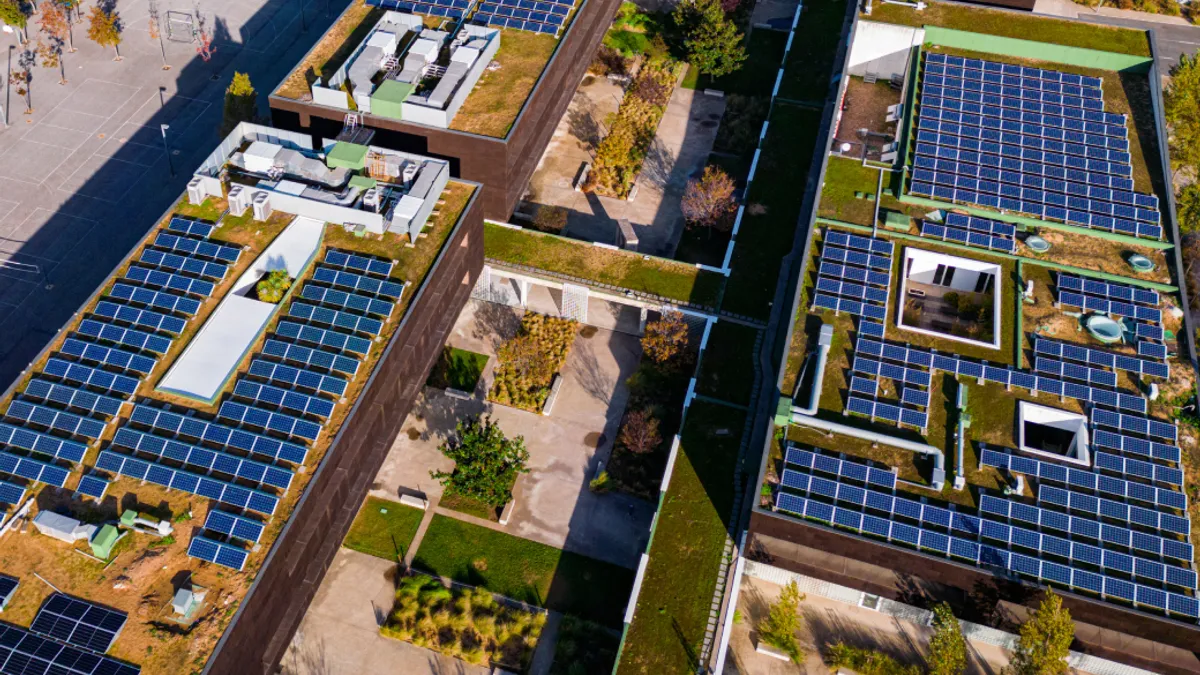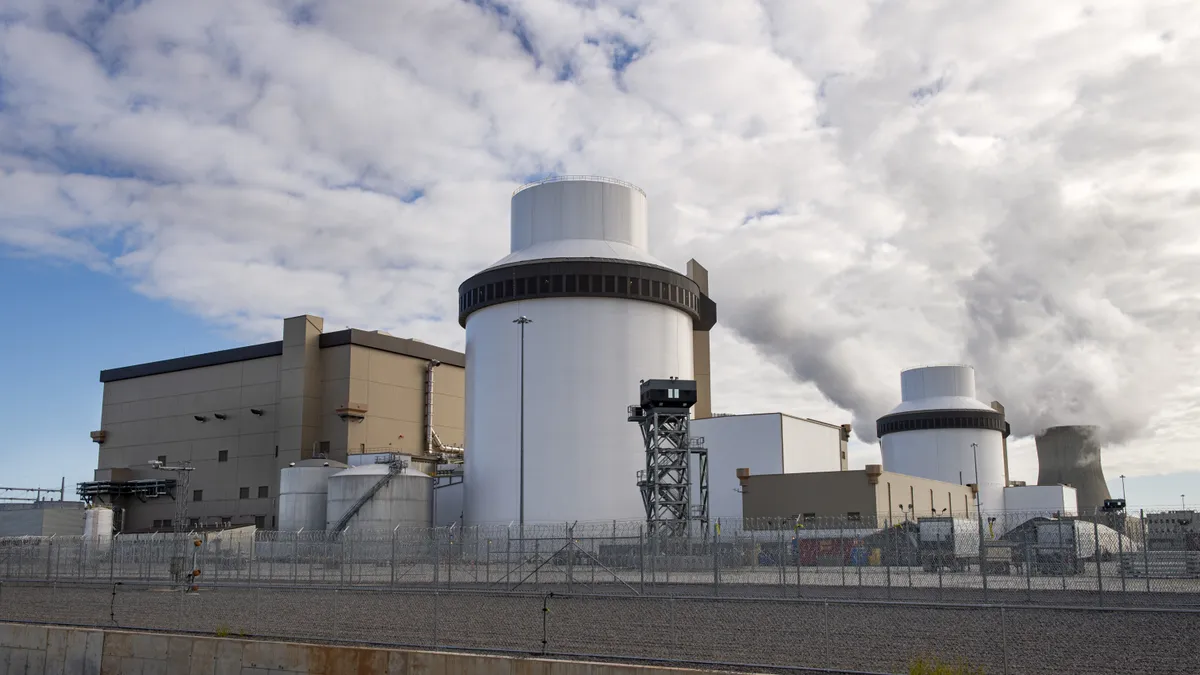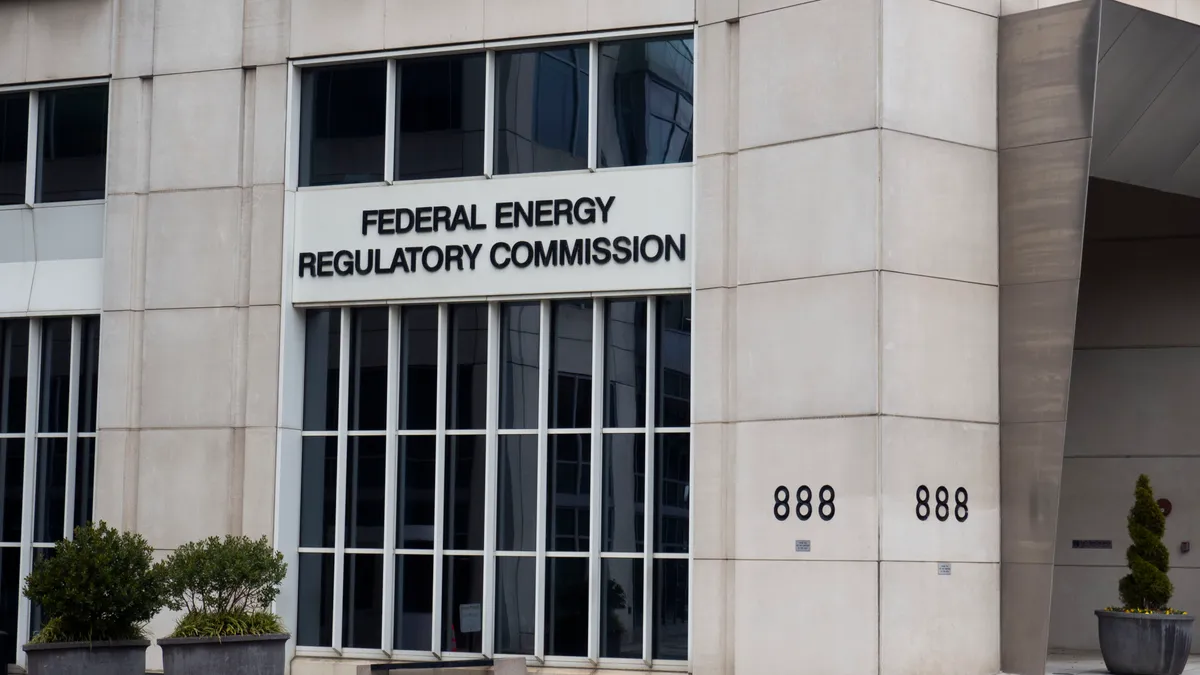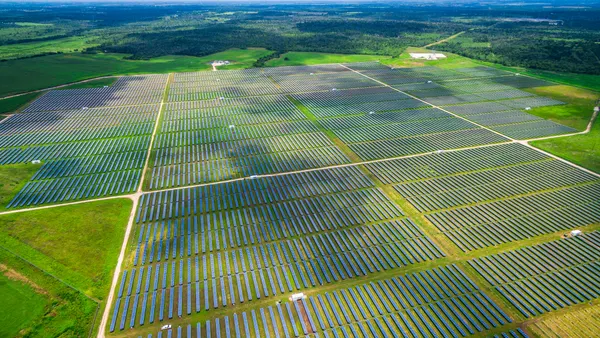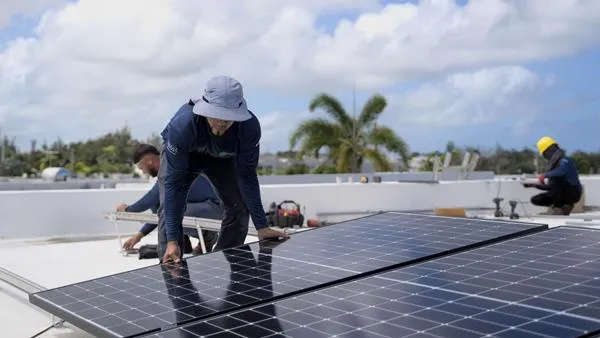The U.S. energy grid is under immense strain. Aging infrastructure, surging demand and extreme weather events push the system to its limits. At the same time, commercial real estate faces its own crisis, with vacancy rates surging due to shifts in work habits. While these issues seem unrelated, they present an unexpected opportunity: transforming commercial buildings into vital assets for strengthening and stabilizing our power grid.
The grid's growing pains and how commercial buildings help
The energy grid's challenges are mounting. According to the Energy Information Administration, 70% of U.S. power transformers and transmission lines are over 25 years old. In 2022, grid congestion cost consumers approximately $20.8 billion, driven by fuel price volatility, transmission outages and rising electricity demand. Data centers alone are projected to consume up to nine percent of total U.S. power demand by 2030. These challenges require innovative solutions that can be implemented quickly and effectively.
Commercial buildings offer a unique solution by becoming "mini power plants" that generate and store energy right where it's needed. During periods of high demand – like hot summer days or freezing winter nights – these buildings can step in to support the grid, providing immediate relief to stressed infrastructure and reducing the need for expensive grid upgrades.
Benefits for property owners and tenants
Modern commercial energy systems deliver substantial advantages. Advanced systems provide multi-layer backup power with rapid switching to prevent equipment shutdown during outages. Property owners can lower energy bills by up to 30% by replacing grid power with renewables, while flywheel-based hybrid storage systems reduce peak demand charges. Battery installations smooth frequency irregularities, protecting sensitive equipment from damage or disruption. AI-powered management software enables energy forecasting and optimization, helping businesses schedule energy-intensive tasks during periods of peak renewable generation and reducing carbon emissions by up to 90%.
Why decentralized is better than large solar and battery farms
Unlike massive solar farms or centralized battery installations, a network of commercial buildings offers distinct advantages. Transmission and distribution losses currently account for about 5%–6% of electricity generated. By generating and storing energy where it's consumed, commercial buildings eliminate these losses and reduce grid congestion, potentially saving the U.S. an estimated $26–31 billion annually. If just 25% of U.S. electricity generation shifted to local production, the avoided losses could power approximately 4.6–5.5 million typical homes daily. Additionally, distributed systems respond to grid needs almost instantly, offering more flexible and efficient support than large, centralized facilities.
Utility benefits through large-scale demand response
The partnership between commercial buildings and utilities creates powerful synergies through programs like Rocky Mountain Power's Wattsmart battery program. In 2024 alone, Torus systems responded to 120 demand response events with 99.99% uptime, demonstrating the reliability of this approach. Commercial buildings can provide dependable grid support while generating additional savings through utility incentives and bill credits.
How Torus community makes it all happen
Torus Community serves as the platform that transforms individual commercial buildings into a coordinated network of energy assets. The system prioritizes each building's needs first – whether charging batteries, offsetting loads, or powering critical equipment. Only after these primary needs are satisfied does excess power support the broader community. This intelligent approach creates a powerful network effect where buildings support each other during peak demand periods, utilities gain access to reliable distributed energy resources, and communities benefit from improved power reliability while reducing carbon emissions through optimized energy use.
Financial incentives and ROI
The economics of energy storage have never been more attractive. Commercial installations qualify for a 30% federal investment tax credit under the Inflation Reduction Act, while utility rebates and demand response programs add further savings. Combined with operational efficiencies and reduced energy costs, these incentives often result in lifetime system values exceeding initial costs.
Building a sustainable future
Commercial buildings hold the key to solving two critical challenges: stabilizing the grid and reducing carbon emissions. By transforming millions of square feet of vacant space into energy hubs, property owners aren't just cutting costs – they're helping build the foundation for a more resilient, sustainable energy future. For utility executives and real estate investors alike, the opportunity is clear: turn today's challenges into tomorrow's advantages while securing long-term benefits for businesses, communities and the environment.

